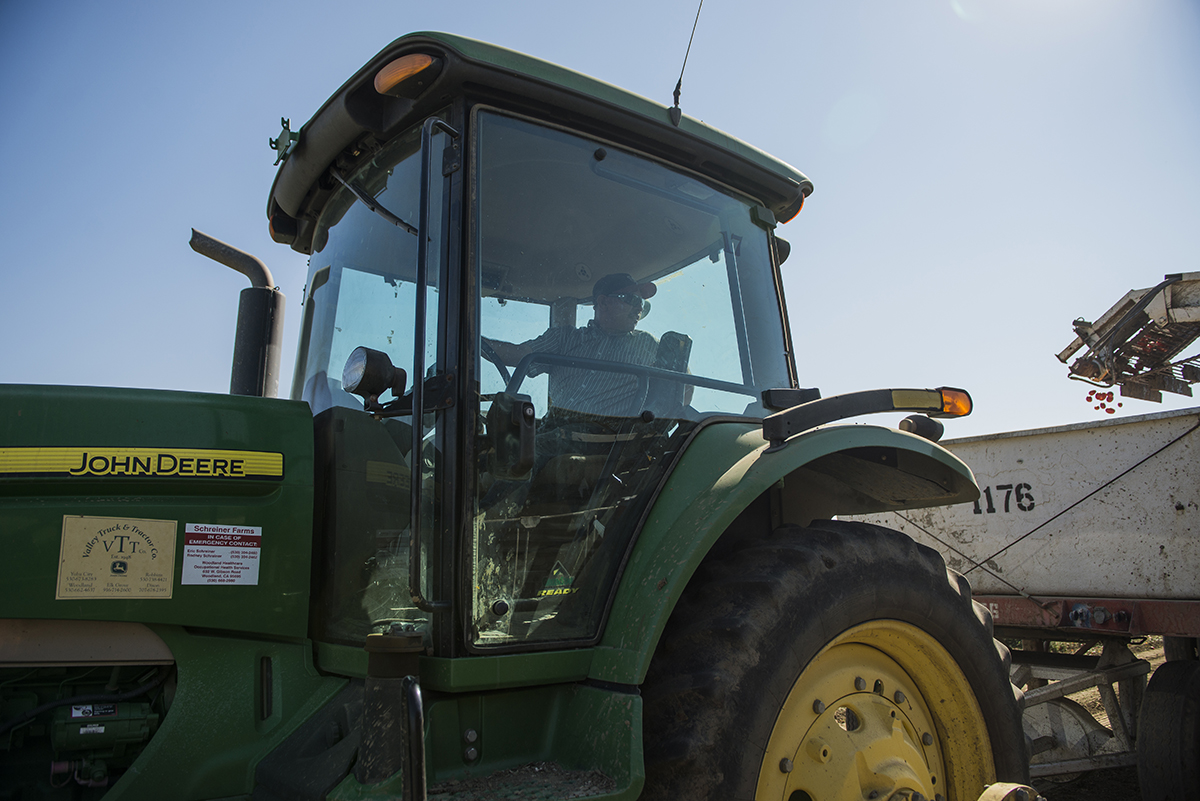
Justin Rex



Justin Rex
Share on Social Media:
The push for more sustainable crops is spreading throughout agriculture, and California’s Central Valley is ground zero for the future of developing sustainable food production.
One of the largest food producing regions of the world, the Central Valley is home to massive industrial agriculture operation, small organic farmers, and plant breeders working to stay relevant in a quickly changing industry full of skeptical consumers.
According to Bayer’s Holly Butka, “it’s a multi-pronged force,” the necessary push to sustainable crops is being driven by consumer demand, the economics of farming and the development of technology helps farmers operate more efficiently.
Ultimately though it is a consumer-driven market and farmers and seed companies like Bayer want to produce products consumers will buy. When main concerns of consumers are taste, appearance, and sustainability, farmers and seed suppliers have their work cut out for them.
Click through the slideshow above to learn more.
array(28) {
[0]=>
array(3) {
["image"]=>
int(7155)
["caption"]=>
string(224) "According to a study by Bloomberg, the United States devotes 391.5 million acres to crop lands. Of that, 77 million of those acres are used to grow food for American consumption. (Photos by Justin Rex/Texas Tech University) "
["credit"]=>
string(10) "Justin Rex"
}
[1]=>
array(3) {
["image"]=>
int(7156)
["caption"]=>
string(236) "Modern society has separated people from the food they eat. The current population of farmers based on the 2012 census accounts for just 2% of the U.S. population. That is the lowest since the Civil War, according to the New York Times."
["credit"]=>
string(0) ""
}
[2]=>
array(3) {
["image"]=>
int(7157)
["caption"]=>
string(271) "Sustainability has become a major point of interest in the agriculture community. This has in part been from the development of new technologies and the changing economics of farming, but consumer demand for cleaner food and industry also have been a major driving force."
["credit"]=>
string(0) ""
}
[3]=>
array(3) {
["image"]=>
int(7158)
["caption"]=>
string(298) "Eric Schreiner owns and operates Schreiner Farms in California's Central Valley region. In the summer months his growing efforts focus on tomatoes and sunflowers. The crops grown by Schreiner are produced for both consumer markets and for clients, such as Seminis, who contract him to produce seed."
["credit"]=>
string(0) ""
}
[4]=>
array(3) {
["image"]=>
int(7159)
["caption"]=>
string(224) "Old versus new. The evolution of farm equipment has allowed farmers to work more efficiently. Here is one of the first tractors used on Schreiner Farms and one of their newest that uses GPS to help with planting and harvest."
["credit"]=>
string(0) ""
}
[5]=>
array(3) {
["image"]=>
int(7160)
["caption"]=>
string(154) "Eric Schreiner examines a tomato in a field about to be harvested. The tomatoes his farm grows are bred to be resistant to regional funguses and bacteria."
["credit"]=>
string(0) ""
}
[6]=>
array(3) {
["image"]=>
int(7161)
["caption"]=>
string(155) "The tomato harvester runs about three miles an hour down a row and while a person sits behind the wheel the harvester is guided by a computer and GPS unit."
["credit"]=>
string(0) ""
}
[7]=>
array(3) {
["image"]=>
int(7162)
["caption"]=>
string(97) "Schreiner Farms employees sort tomatoes on the harvester before they are loaded into the trailer."
["credit"]=>
string(0) ""
}
[8]=>
array(3) {
["image"]=>
int(7163)
["caption"]=>
string(70) "Tomatoes are loaded onto the trailer from the harvester by a conveyor."
["credit"]=>
string(0) ""
}
[9]=>
array(3) {
["image"]=>
int(7164)
["caption"]=>
string(300) "Not every tomato harvested makes it into the truck. The processor Schreiner grows for does not take green tomatoes and a number of tomatoes can fall out as the truck bed fills or in transport to the processor. While seemingly going to waste, these tomatoes actually will help fertilize the next crop."
["credit"]=>
string(0) ""
}
[10]=>
array(3) {
["image"]=>
int(7165)
["caption"]=>
string(233) "Crop rotation is a sustainability practice used by both large commercial growers and small-scale farmers. Schreiner Farms will rotate sunflowers through their tomato fields and leave the harvested plant to help rejuvenate the ground."
["credit"]=>
string(0) ""
}
[11]=>
array(3) {
["image"]=>
int(7166)
["caption"]=>
string(178) "A combine runs over the Schreiner sunflower field to harvest the seeds. The remaining material from the plants will later be reworked in to field to help fertilize the next crop."
["credit"]=>
string(0) ""
}
[12]=>
array(3) {
["image"]=>
int(7167)
["caption"]=>
string(139) "Raoul Adamchak runs the 7-acre organic Market Garden at University of California Davis and teaches UC Davis students about organic farming."
["credit"]=>
string(0) ""
}
[13]=>
array(3) {
["image"]=>
int(7168)
["caption"]=>
string(249) "The UC Davis Market Garden is cultivated and worked by approximately 80 students each semester. One of Raoul's goals for each semester is to teach students about agriculture by involving them in the process and bringing them closer to what they eat."
["credit"]=>
string(0) ""
}
[14]=>
array(3) {
["image"]=>
int(7169)
["caption"]=>
string(171) "Some rows in the Market Garden are covered in plastic to help kill weeds, a practice common on small organic farms. Others use pesticides that have been certified organic."
["credit"]=>
string(0) ""
}
[15]=>
array(3) {
["image"]=>
int(7170)
["caption"]=>
string(295) "Many small farms like the Market Garden also practice crop rotation, like larger farms do, and use minimal or unconventional pesticides and composting to minimize their environmental impact. Larger farms have been trying to incorporate similar techniques to minimize the rising costs of farming."
["credit"]=>
string(0) ""
}
[16]=>
array(3) {
["image"]=>
int(7171)
["caption"]=>
string(160) "These attempts at sustainability though can come at a cost. Smaller farms can't be as efficient as large-scale operations driving up the costs of their product."
["credit"]=>
string(0) ""
}
[17]=>
array(3) {
["image"]=>
int(7172)
["caption"]=>
string(265) "Small farms have developed a niche market with people who distrust larger scale agriculture and people who want to have a closer relationship with their food. Many small farms sell produce locally through famers markets and community supported agriculture programs."
["credit"]=>
string(0) ""
}
[18]=>
array(3) {
["image"]=>
int(7173)
["caption"]=>
string(135) "Bayer's Woodland, Calif., research facility both researches and breeds fruit and vegetable crops to sell to seed suppliers and farmers."
["credit"]=>
string(0) ""
}
[19]=>
array(3) {
["image"]=>
int(7174)
["caption"]=>
string(154) "Bayer research associate Pat Hogan describes the conventional breeding technique of back crossing and how it is used in the hybridization of bell peppers."
["credit"]=>
string(0) ""
}
[20]=>
array(3) {
["image"]=>
int(7182)
["caption"]=>
string(96) "Pat will cross breed green bell peppers with these wild relatives to develop the desired traits."
["credit"]=>
string(0) ""
}
[21]=>
array(3) {
["image"]=>
int(7181)
["caption"]=>
string(116) "Bayer research associate Pat Hogan shows difference in various peppers during the different stages of back crossing."
["credit"]=>
string(0) ""
}
[22]=>
array(3) {
["image"]=>
int(7180)
["caption"]=>
string(190) "The stigma around plant genetics and bio technology research is not lost on Bayer Crop Science employees. Some even have a good sense of humor toward the stigma surrounding their profession."
["credit"]=>
string(0) ""
}
[23]=>
array(3) {
["image"]=>
int(7179)
["caption"]=>
string(116) "Bayer has foot baths for all visitors and employees entering their research fields to prevent outside contamination."
["credit"]=>
string(0) ""
}
[24]=>
array(3) {
["image"]=>
int(7178)
["caption"]=>
string(257) "Bayer pepper breeder Terry Berke shares some of his work with a group of student journalists at the Woodland, Calif., research facility. The research Bayer conducts in their Woodland fields is considered conventional hybridization, not genetic modification."
["credit"]=>
string(0) ""
}
[25]=>
array(3) {
["image"]=>
int(7177)
["caption"]=>
string(202) "Rows of experimental and commercially available hybrid watermelons make up this Bayer research field. Both seeded and seedless watermelons are bred primarily to cater to the tastes of different regions."
["credit"]=>
string(0) ""
}
[26]=>
array(3) {
["image"]=>
int(7176)
["caption"]=>
string(359) "While Bayer does conduct research and sell GMO products, the Woodland pathology lab is tasked with breeding pathology resistance through conventional techniques. A genetic modification could speed up development of desired traits in fruits and vegetables but lack of consumer support and regulatory costs have proven to be a strong barrier to new GM products."
["credit"]=>
string(0) ""
}
[27]=>
array(3) {
["image"]=>
int(7175)
["caption"]=>
string(250) "The Bayer pathology lab in Woodland develops resistance in plants to environmental pathogens, such as bacteria, viruses, and fungus. Here is an example of the lab's work with an in vitro assay on young tomato plants for Fusarium crown rot resistance."
["credit"]=>
string(0) ""
}
}

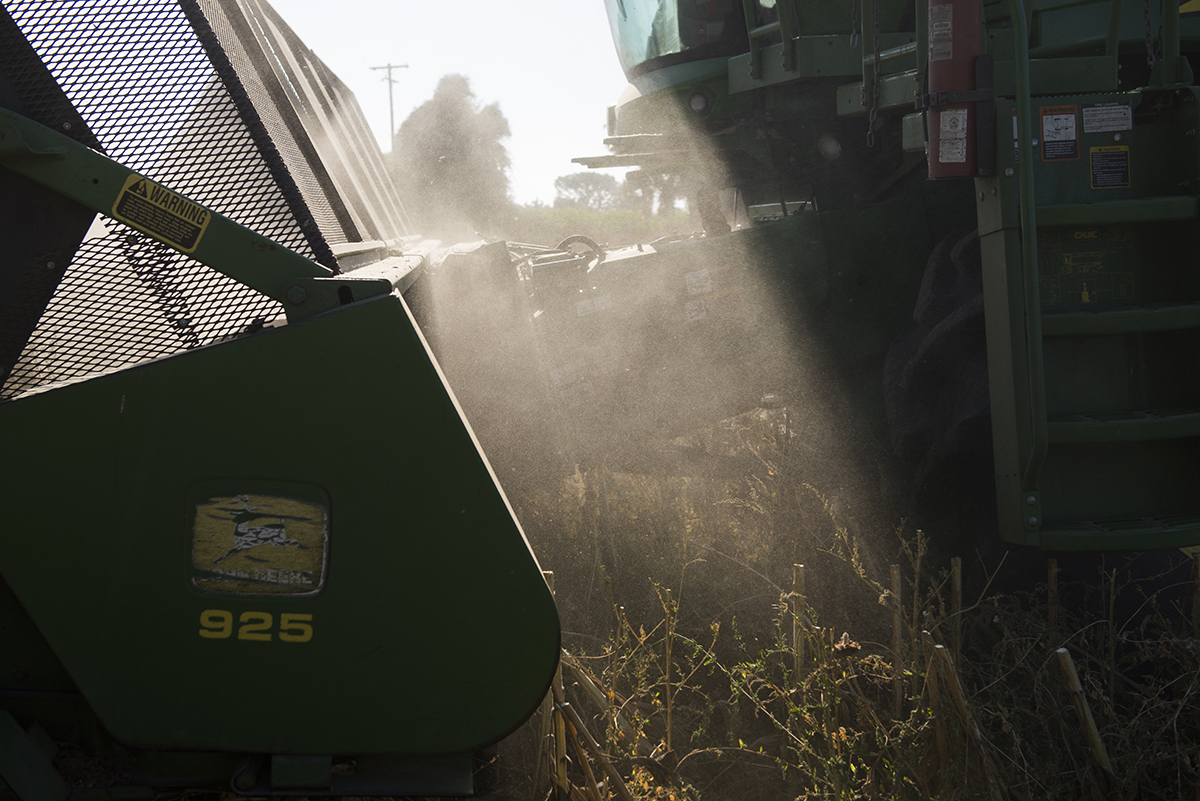
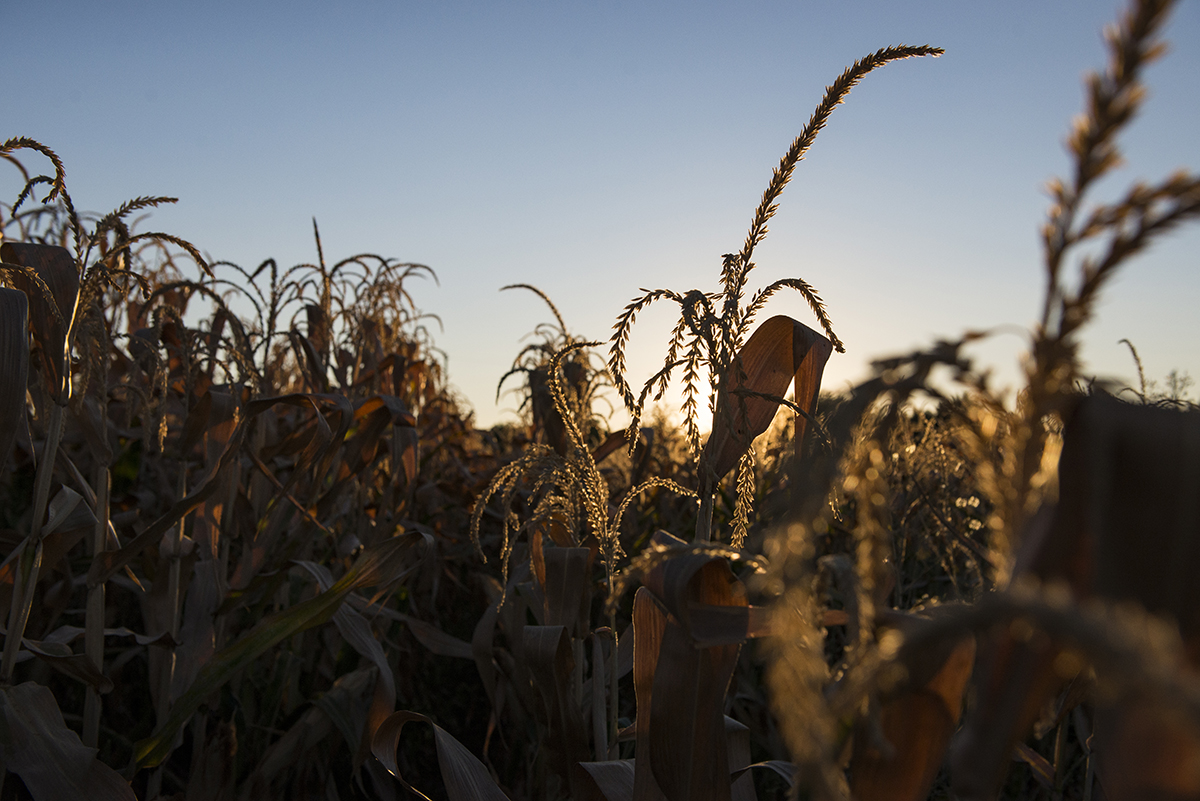
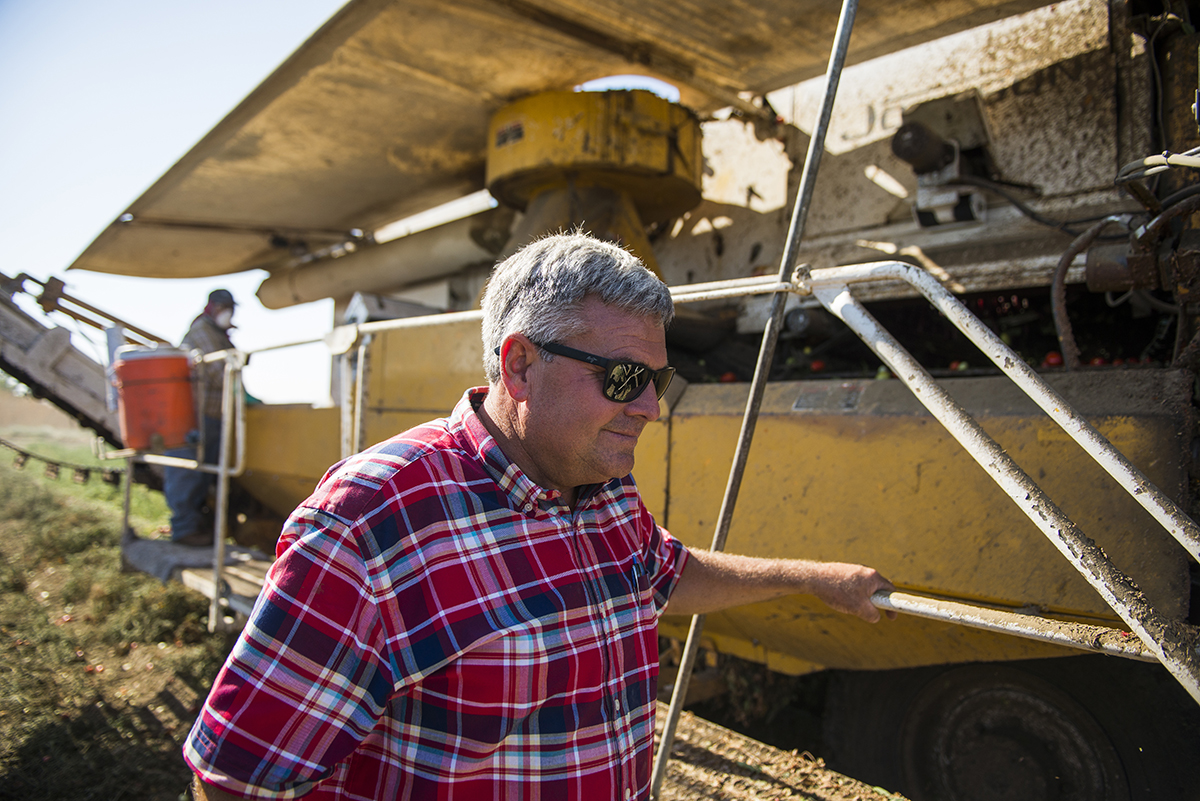
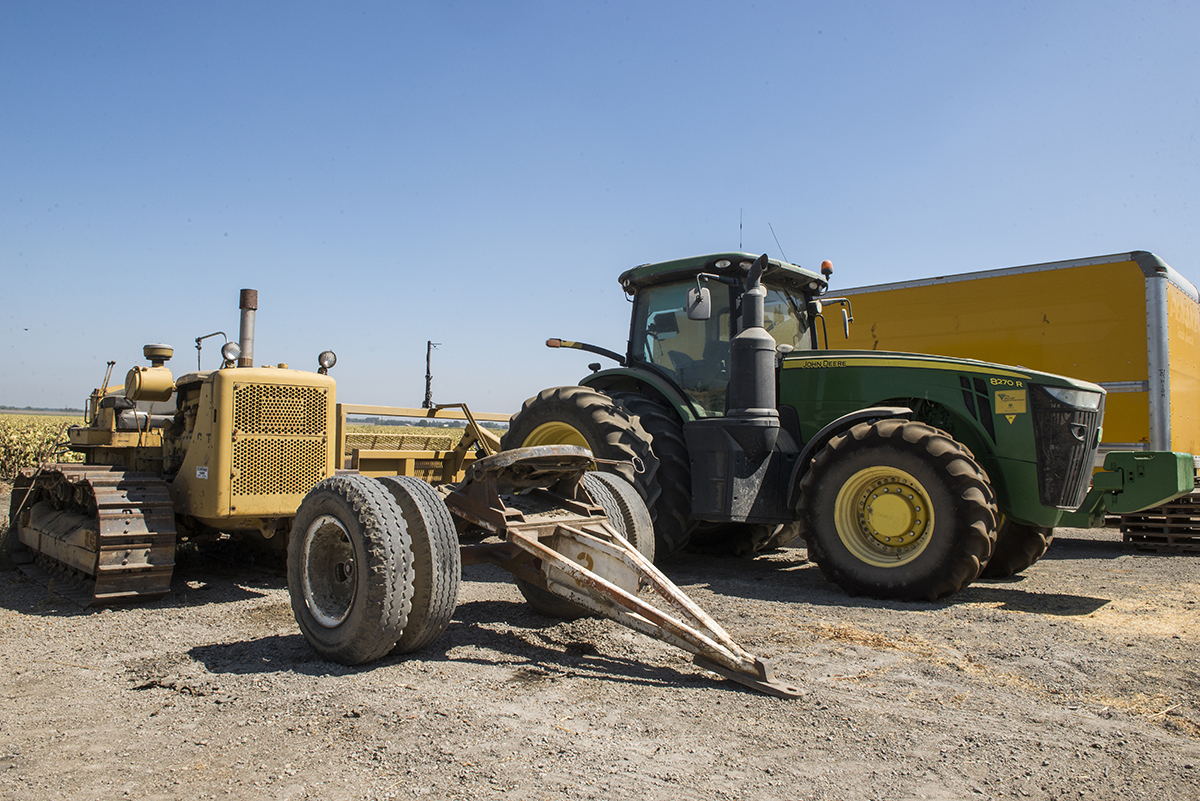
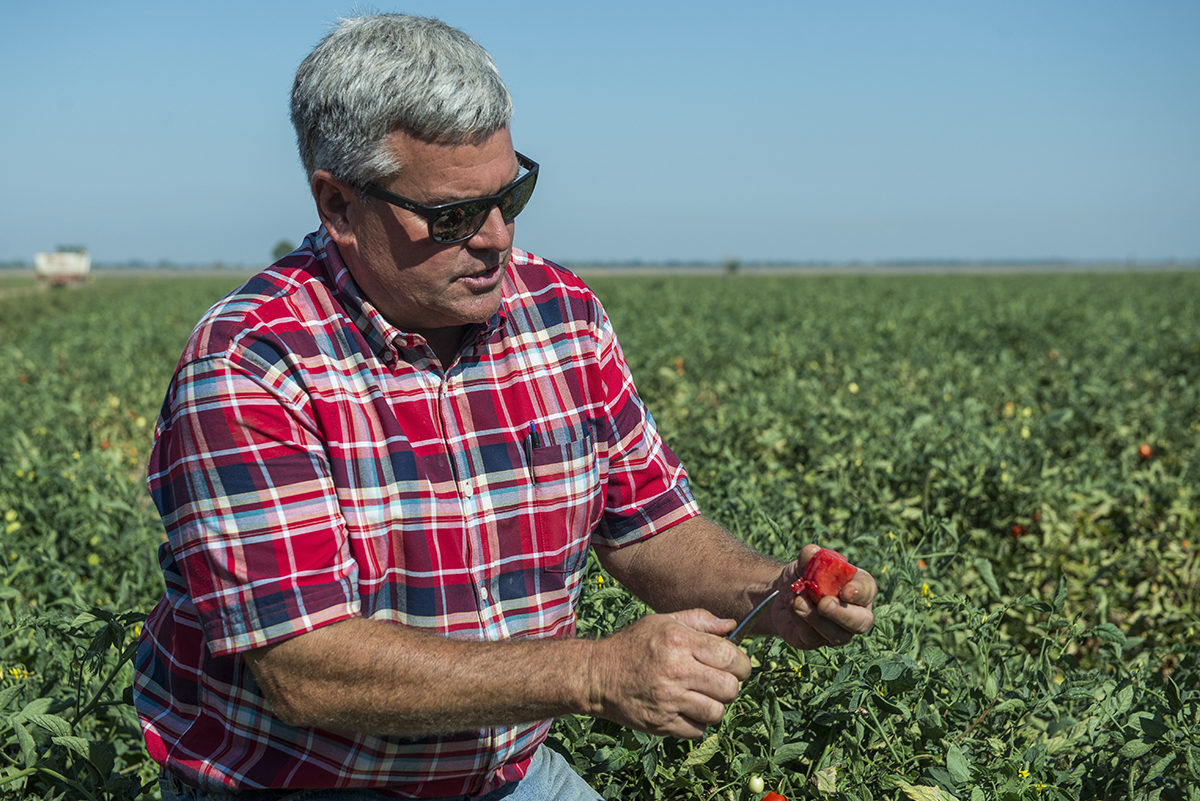
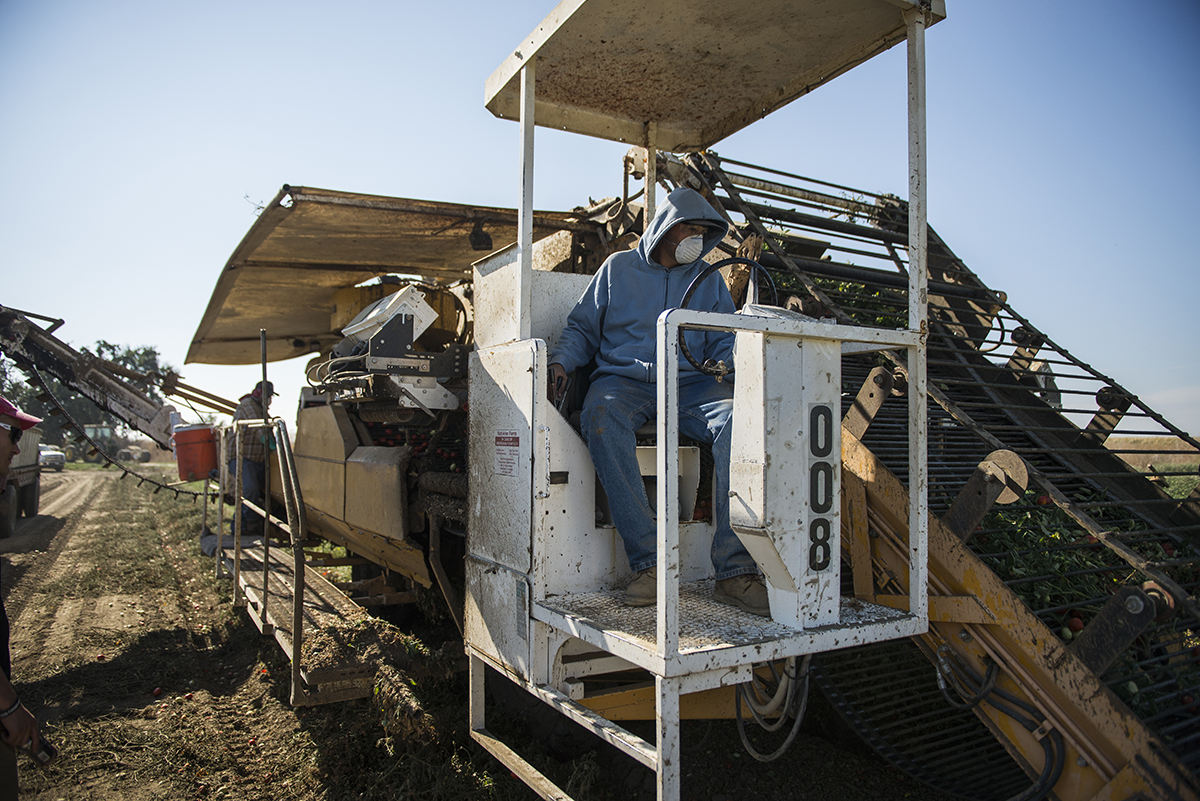
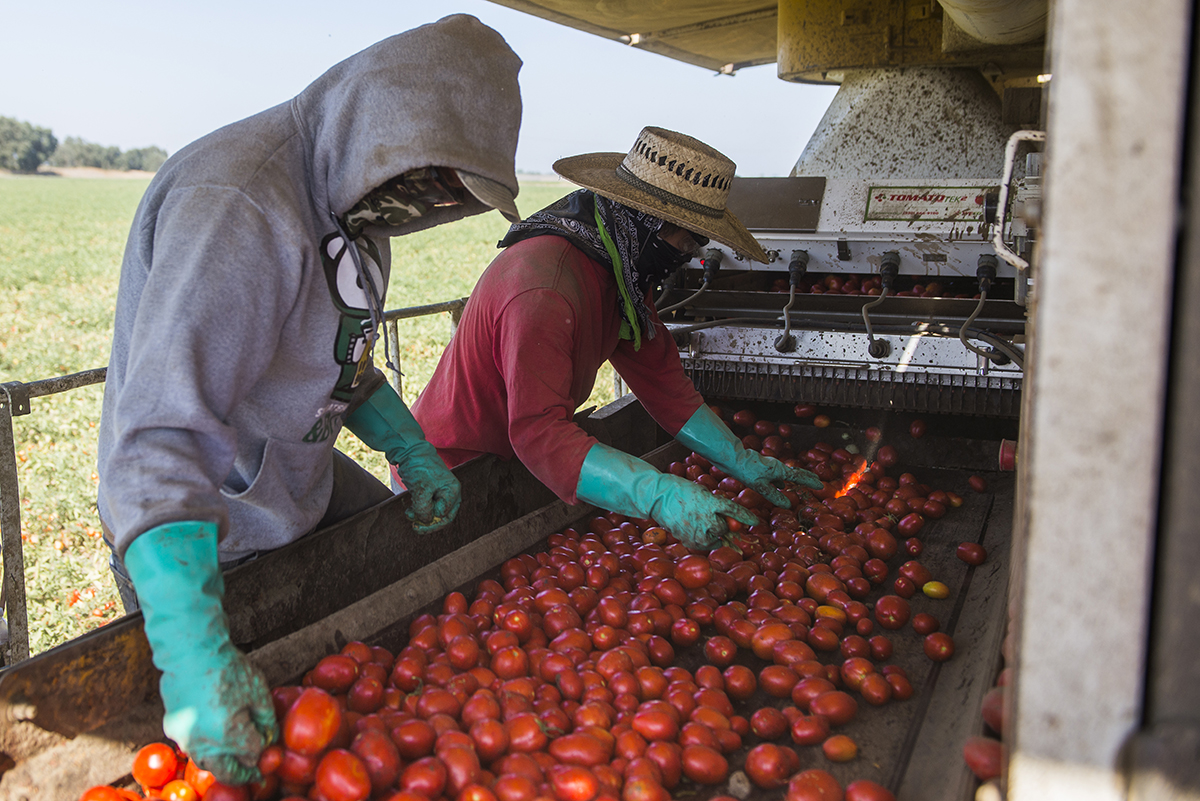
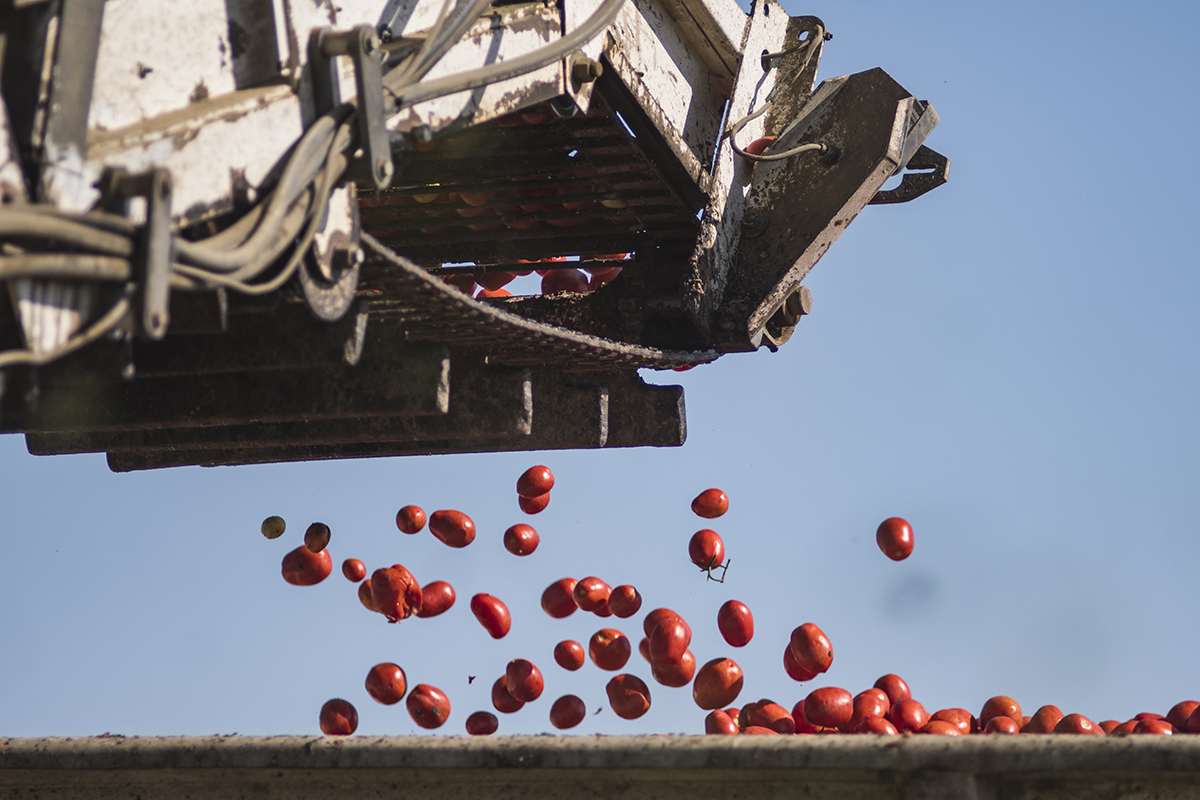
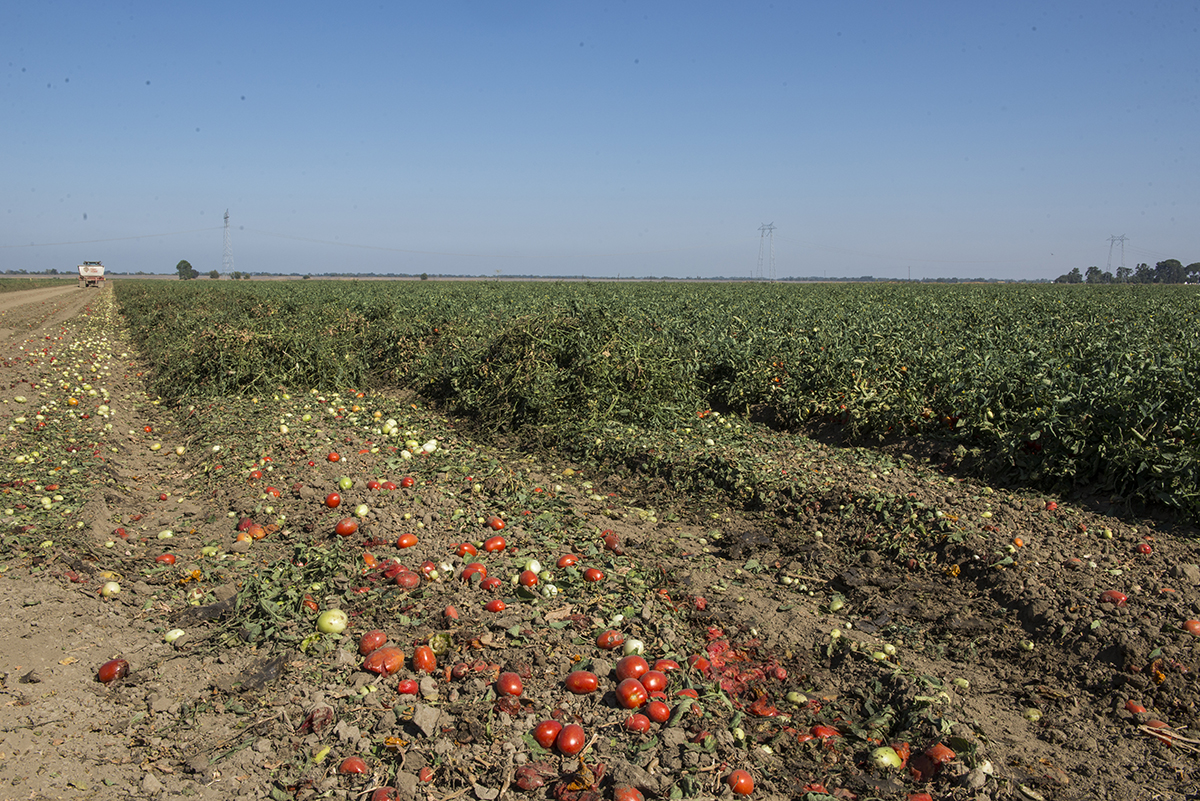
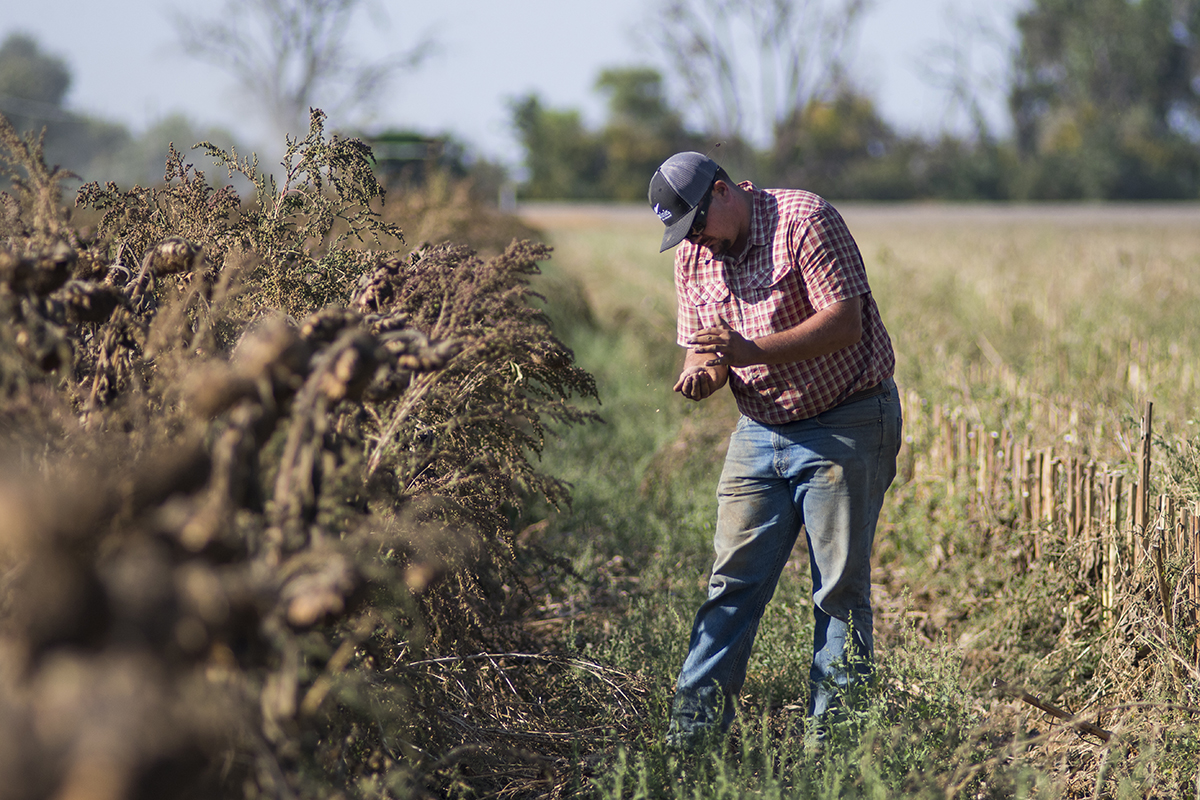
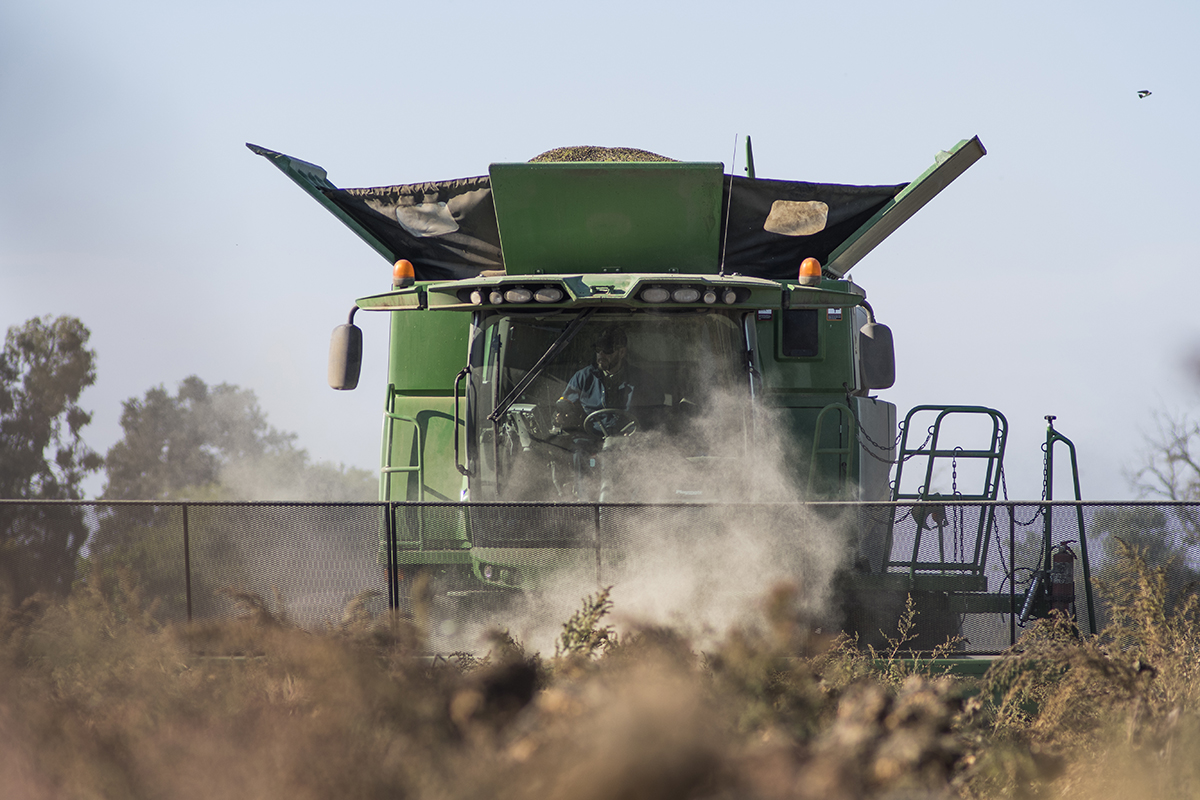
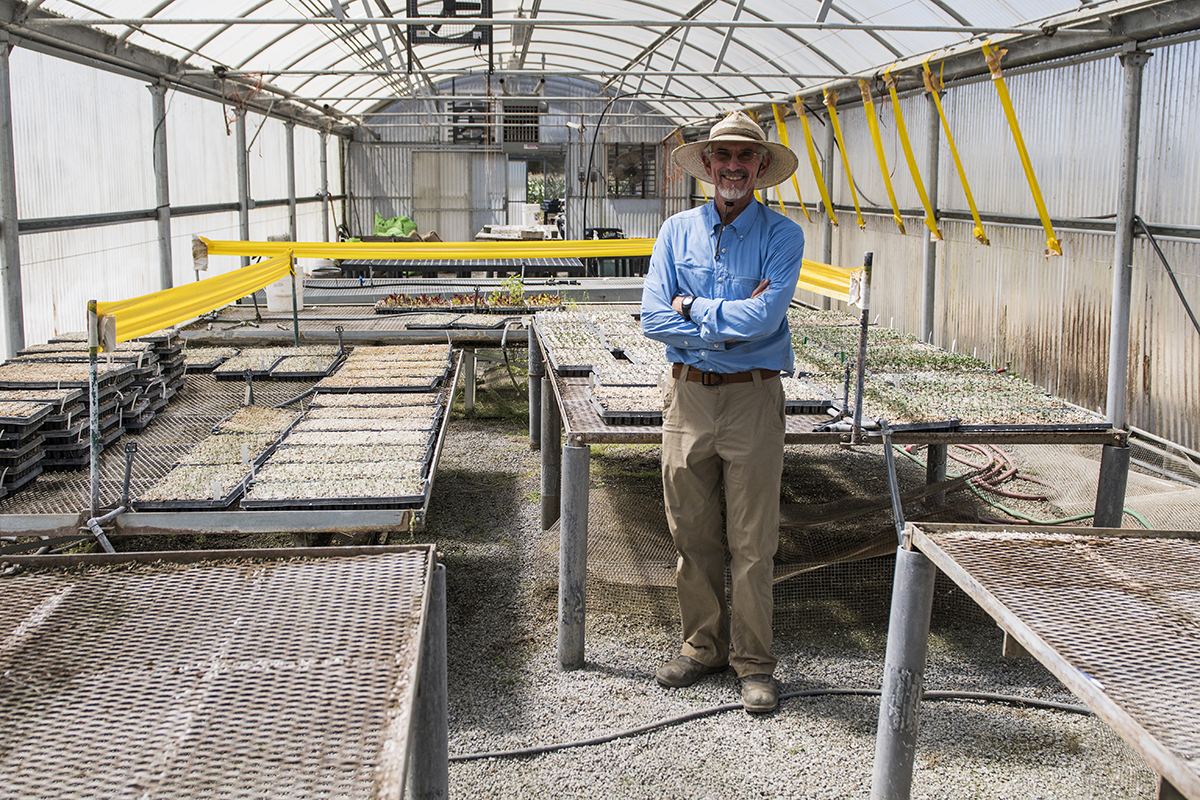
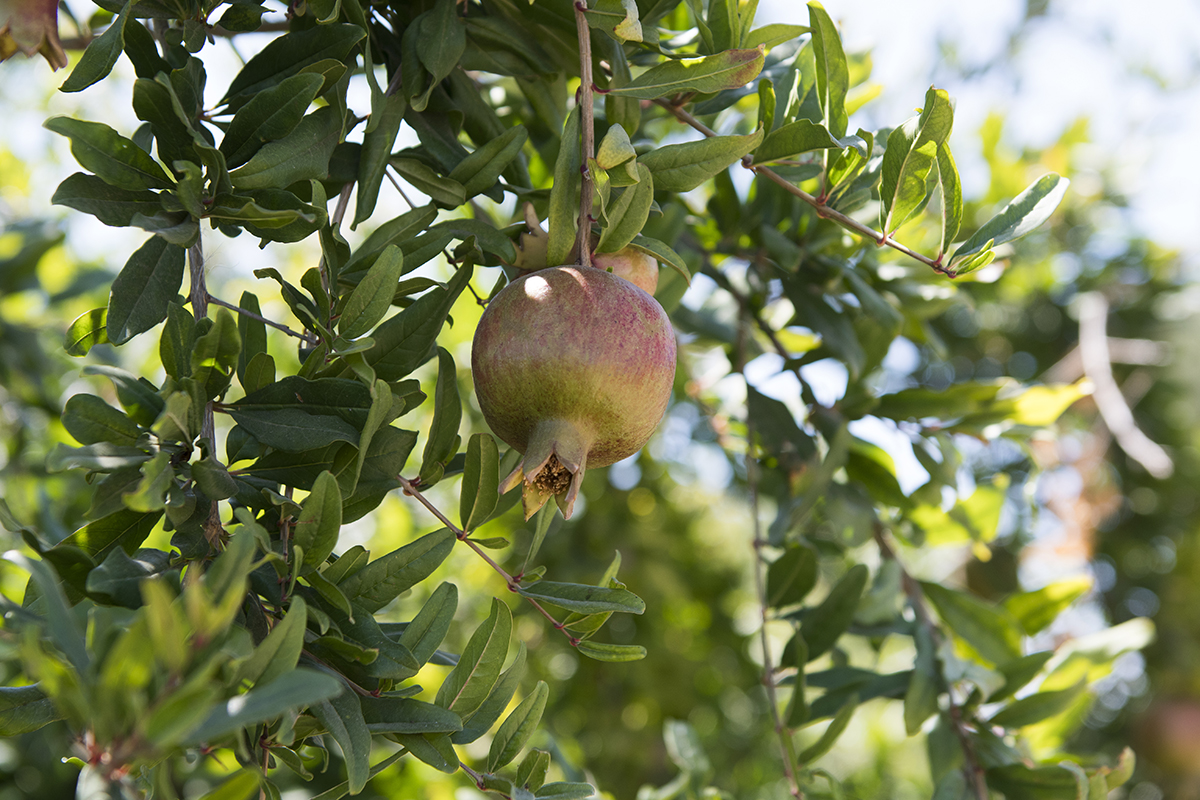
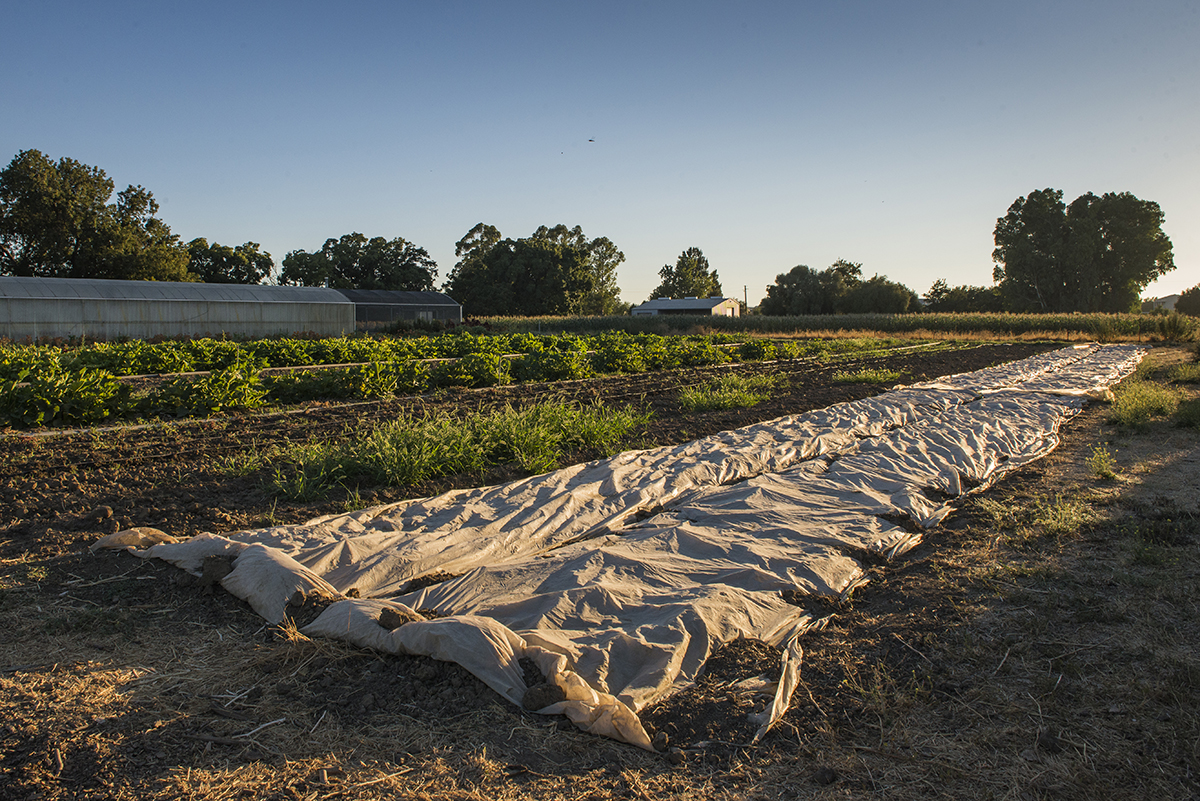
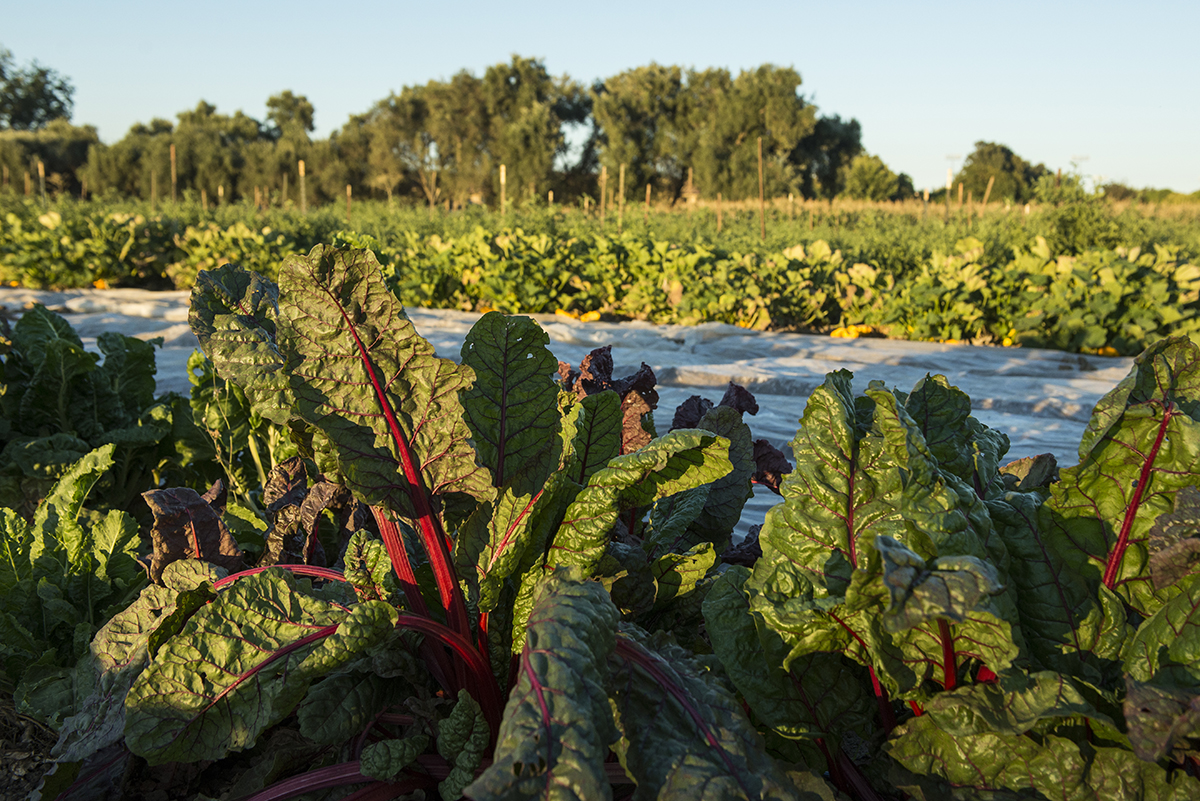
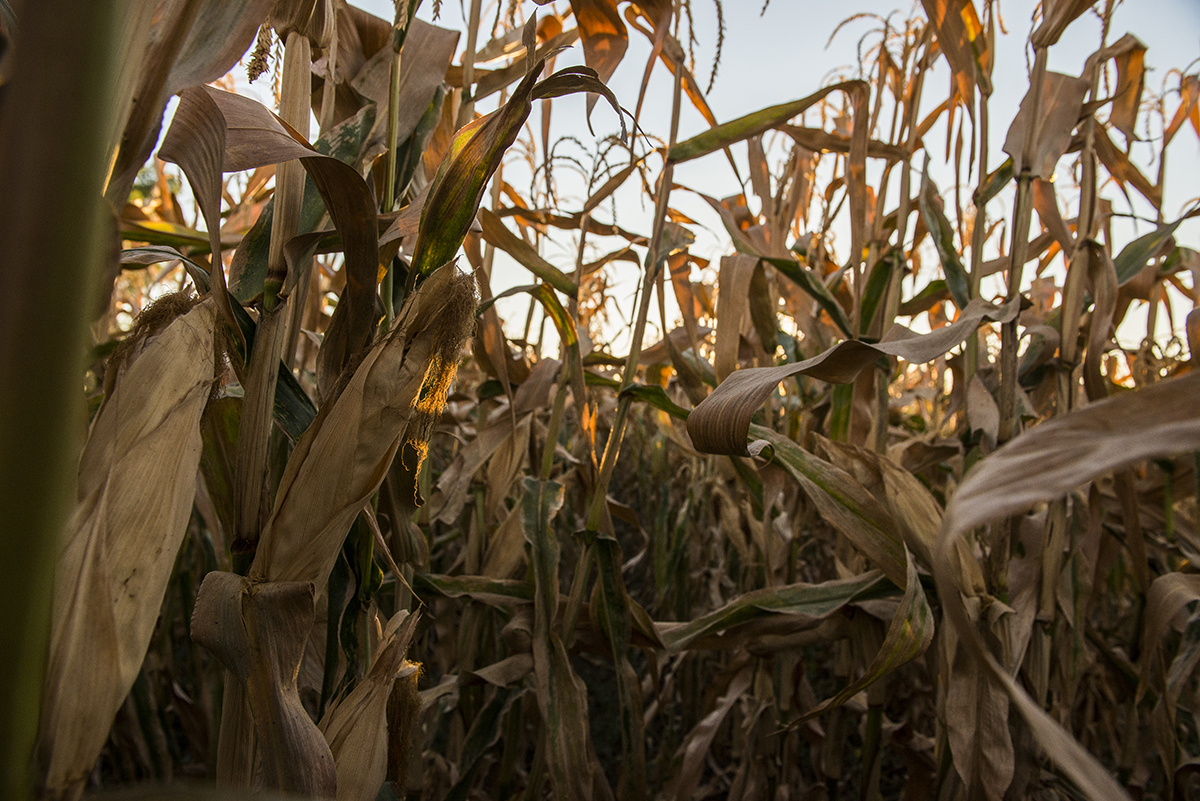
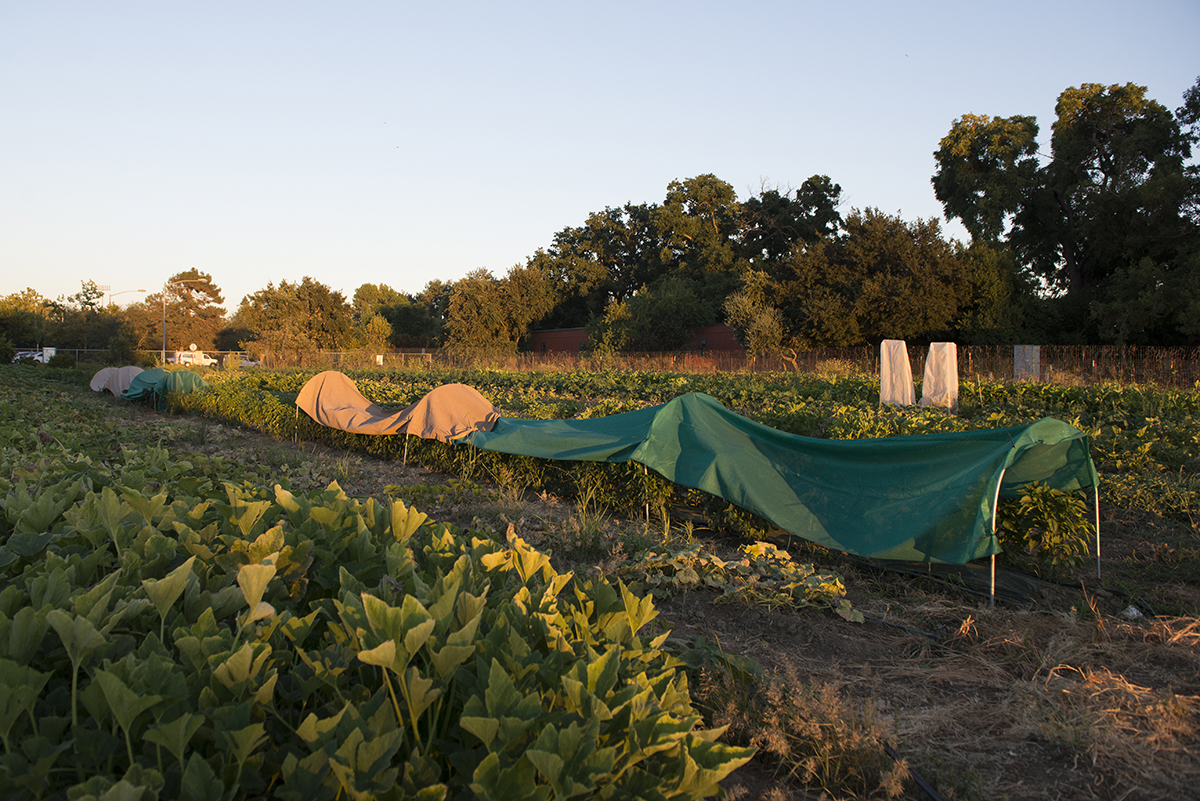
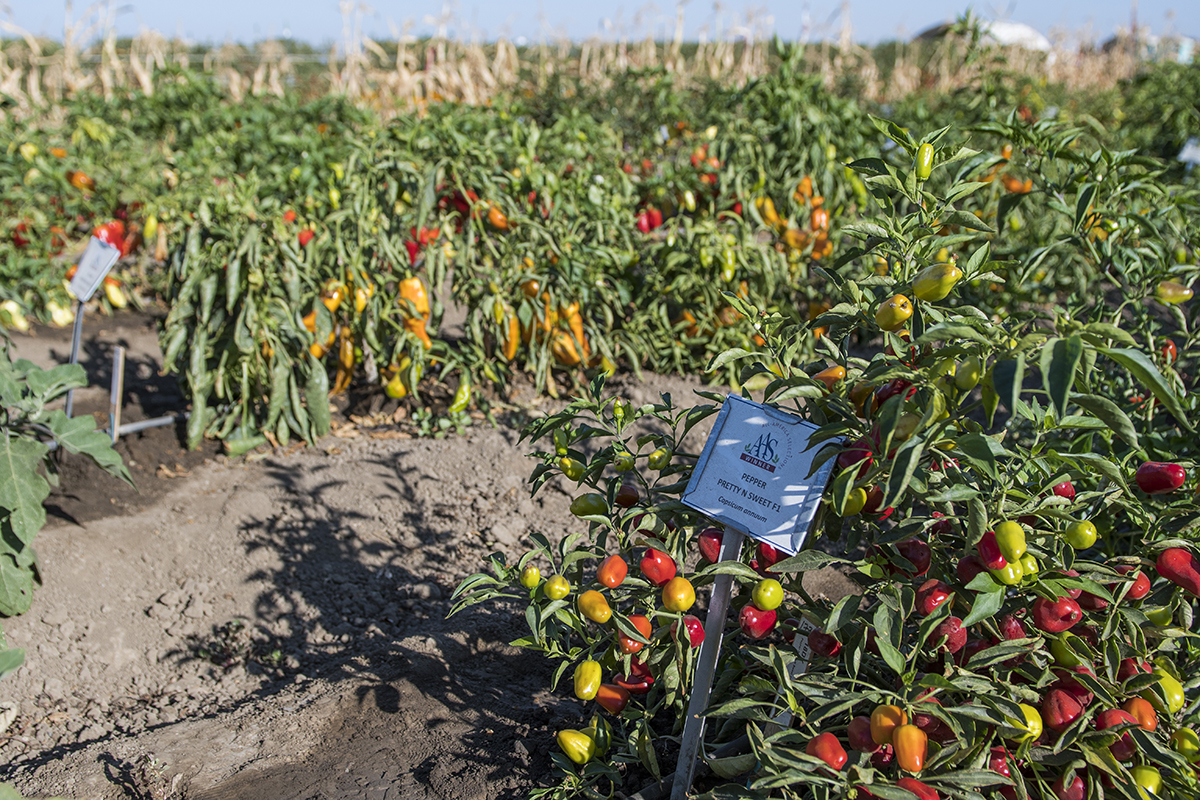
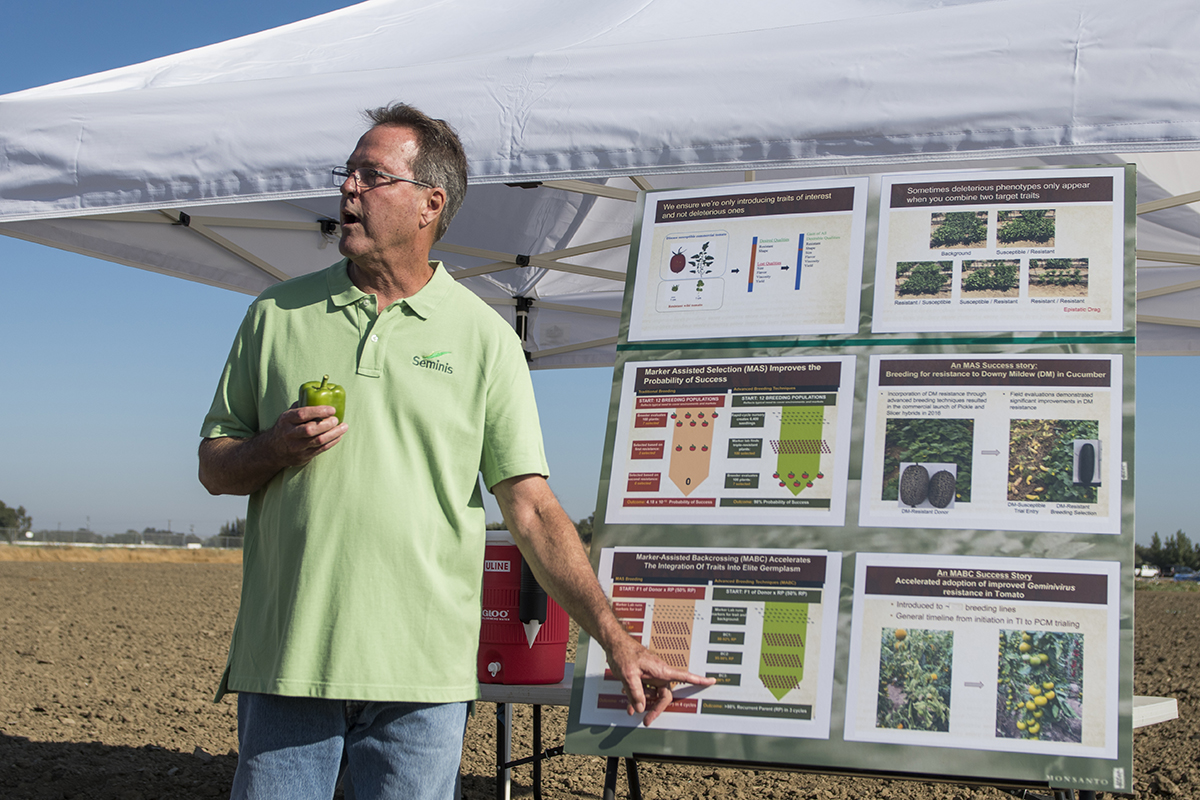
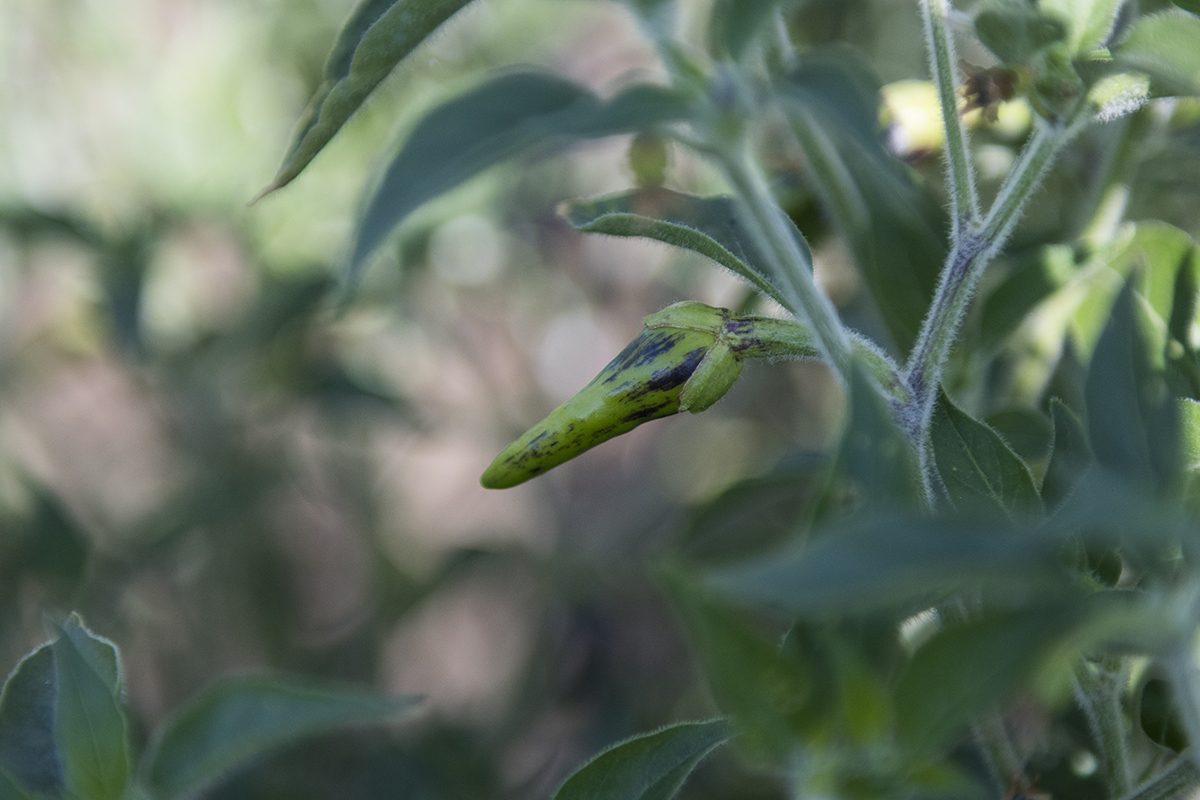
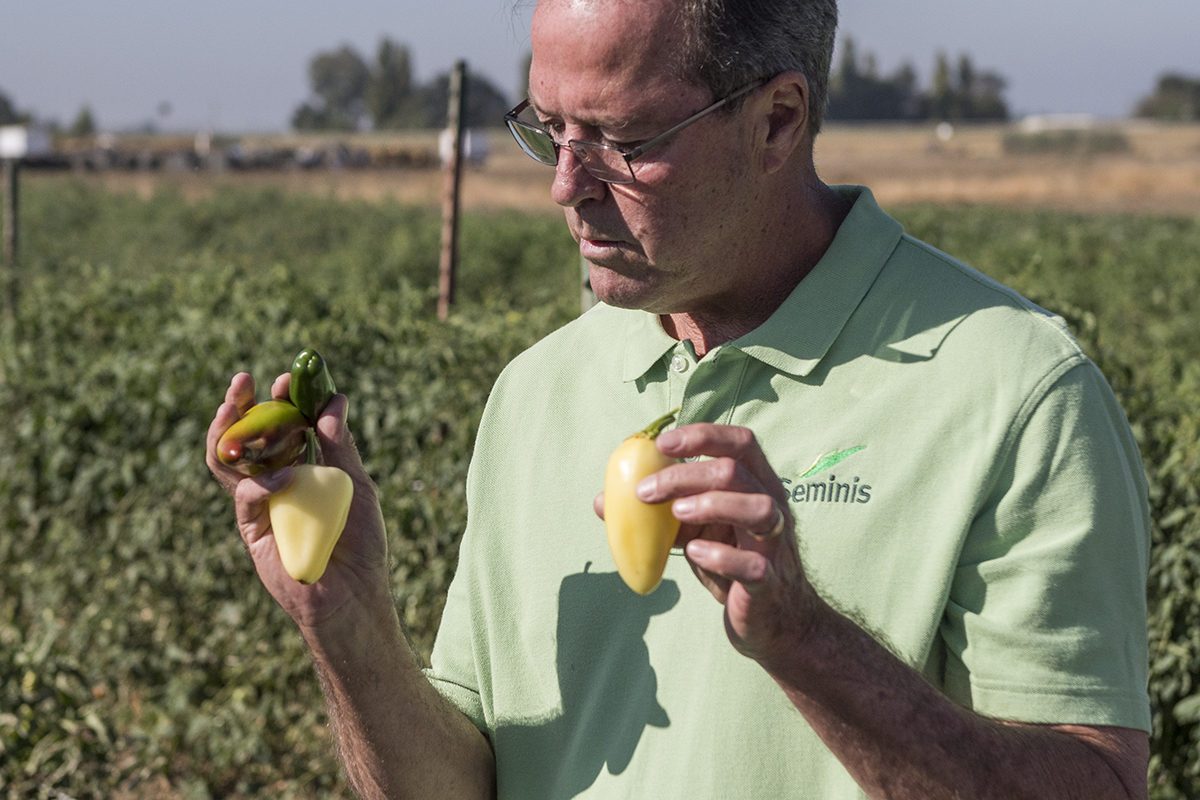
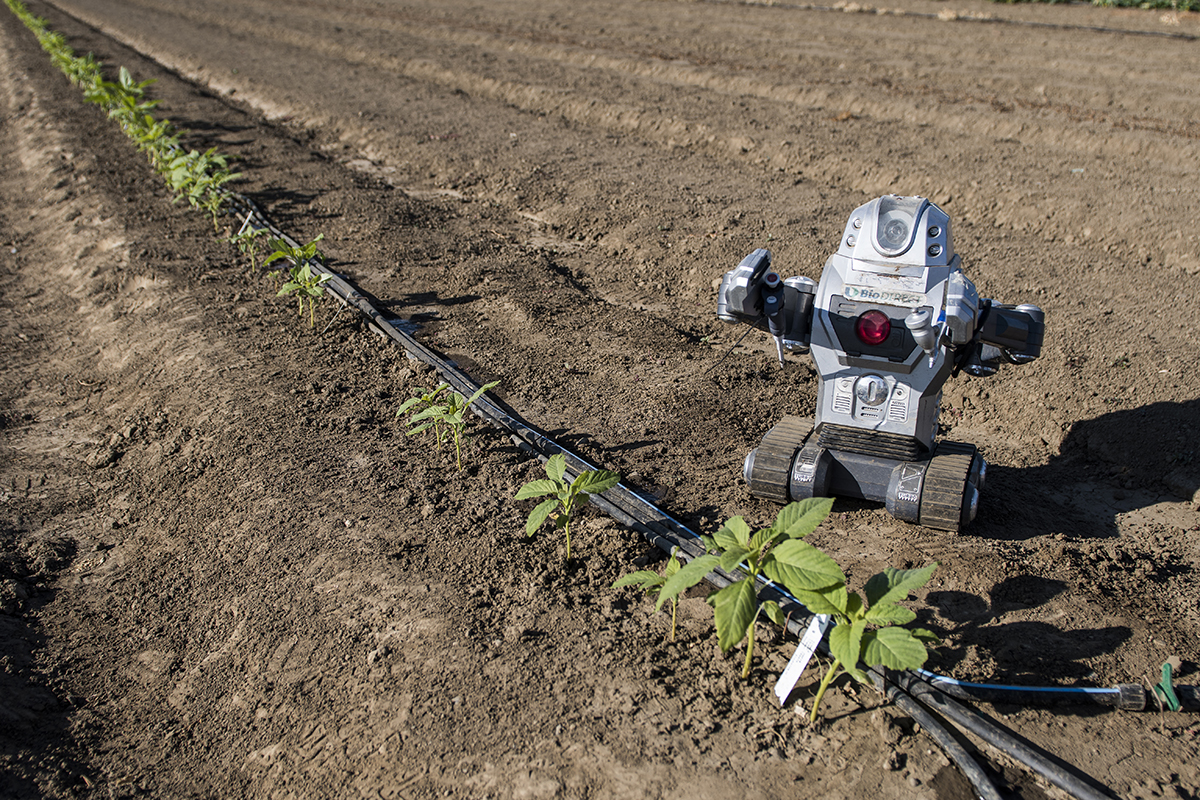
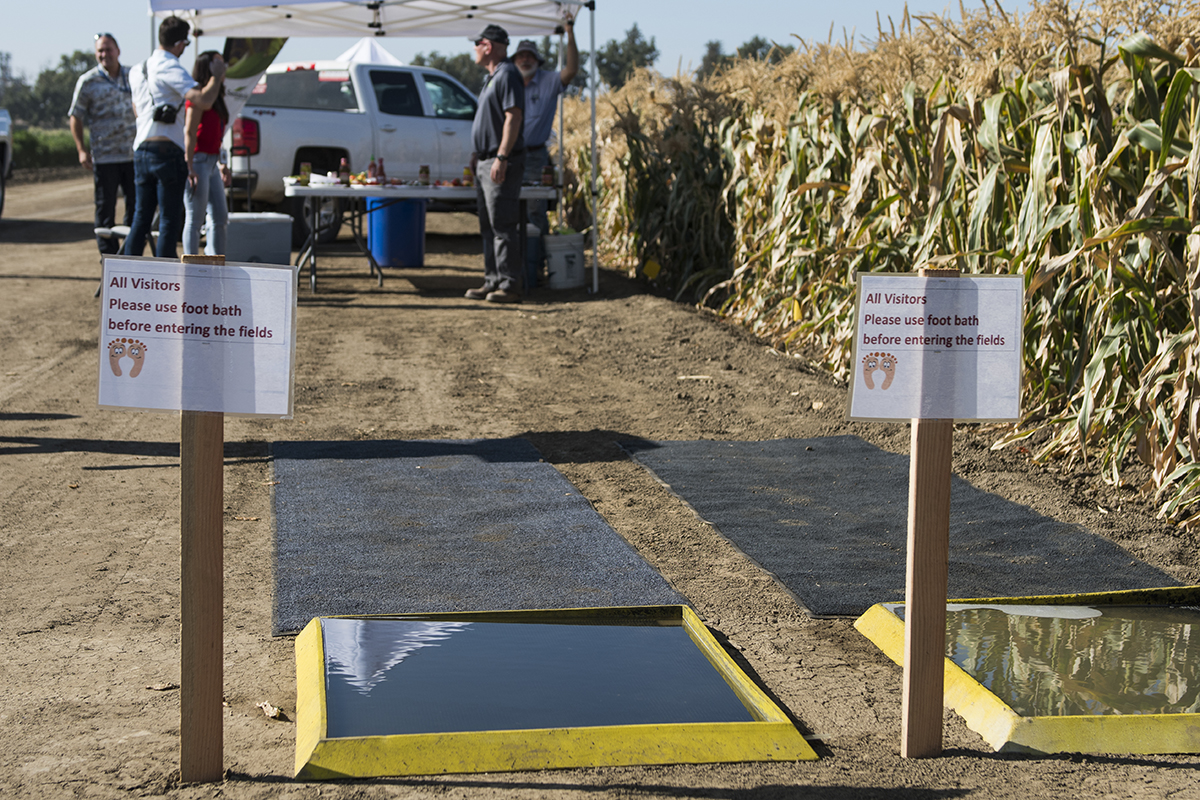
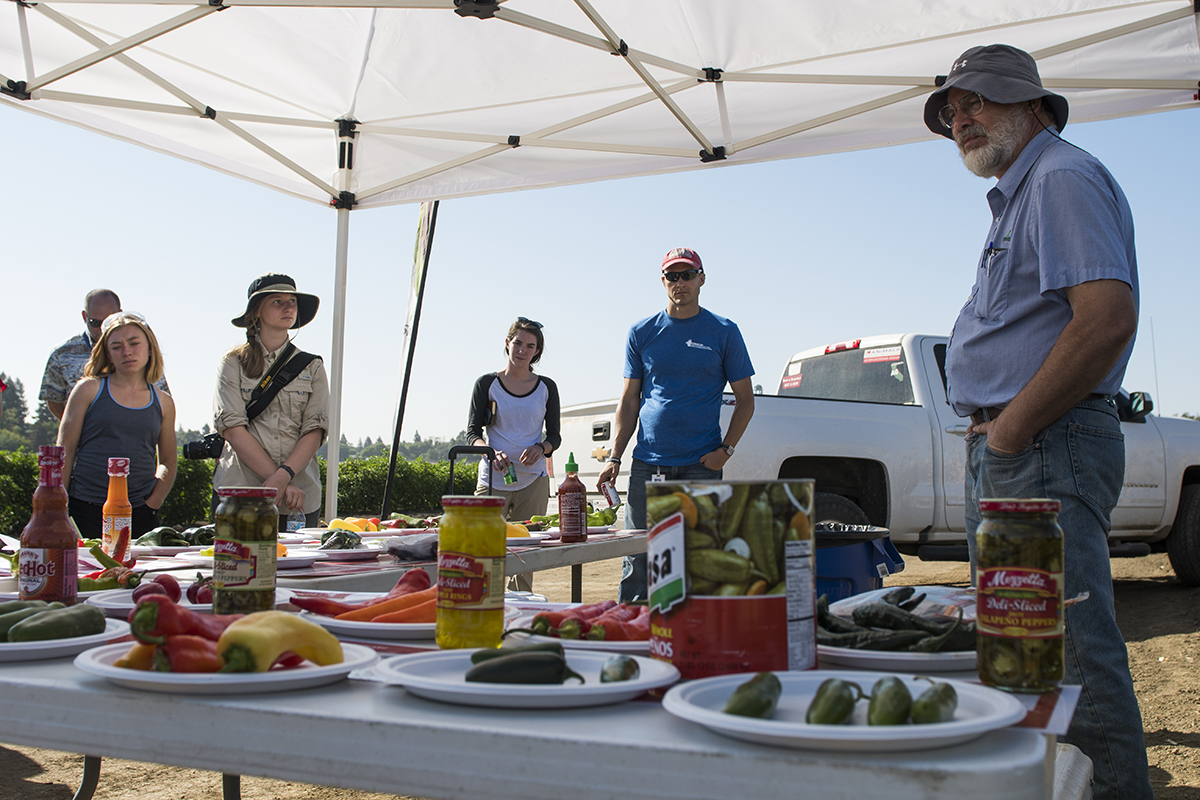
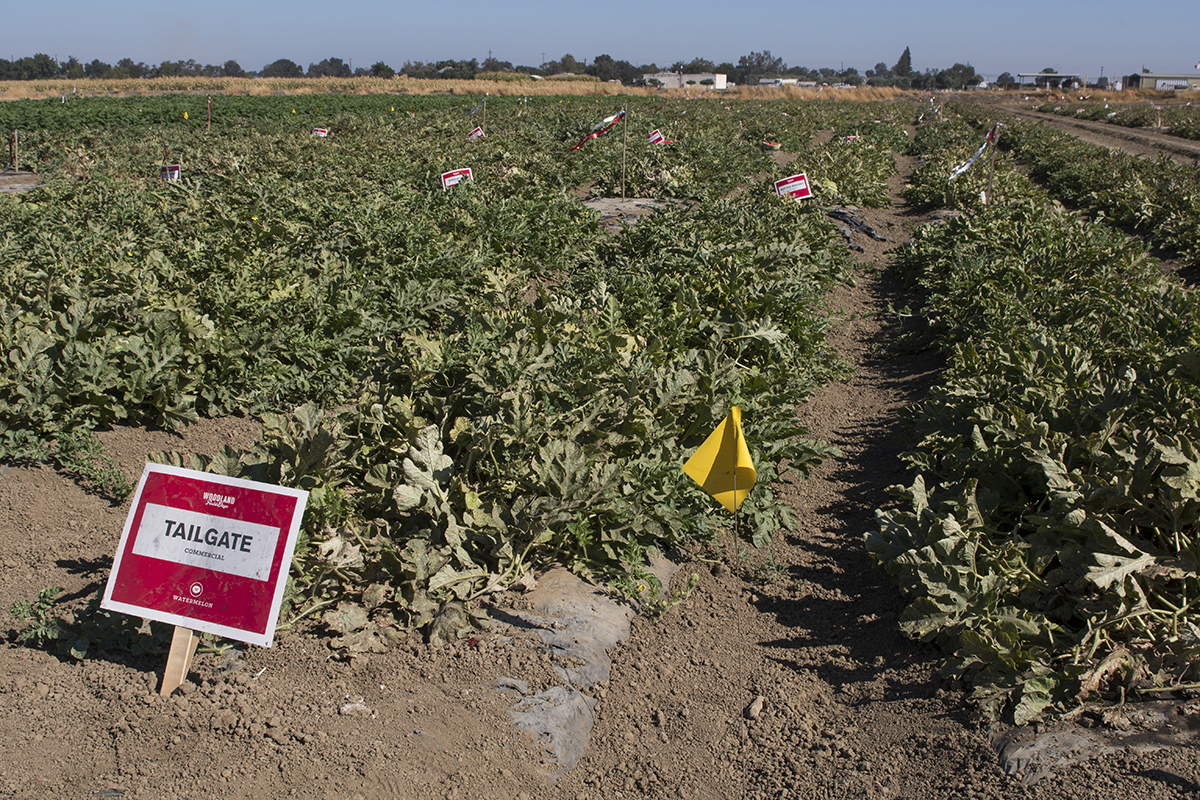
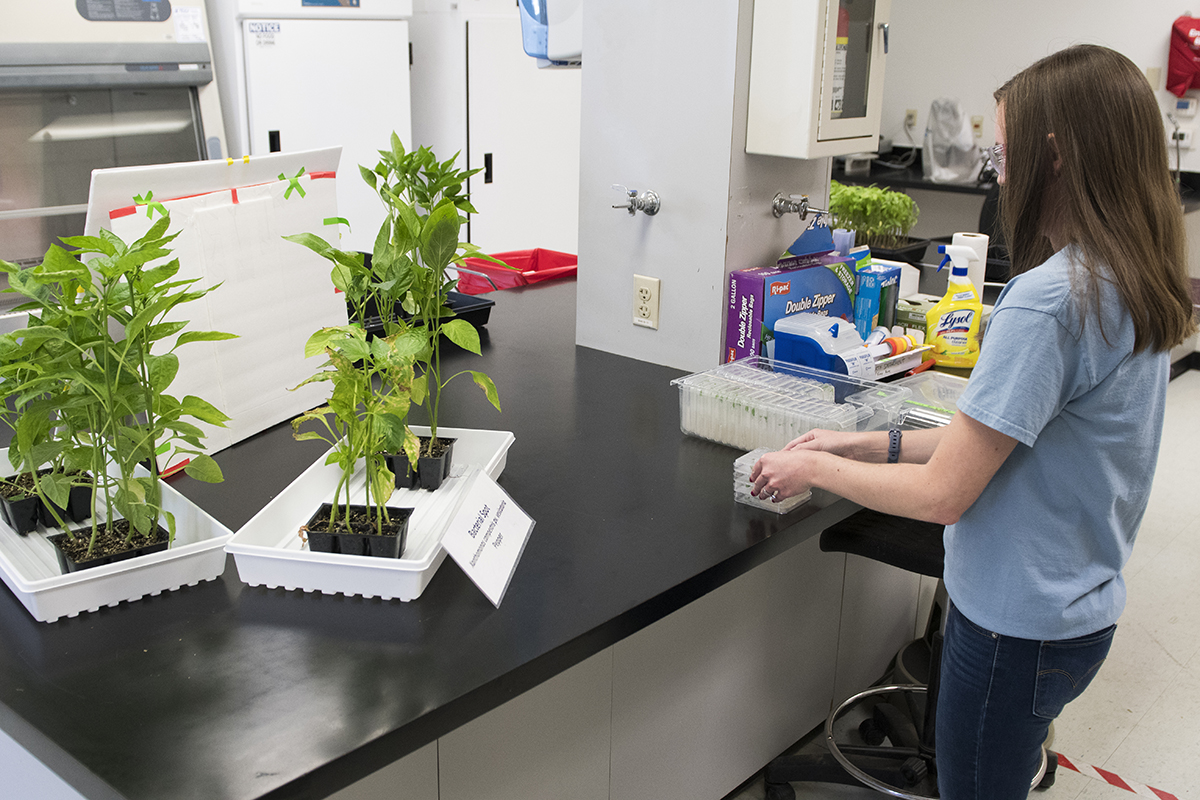
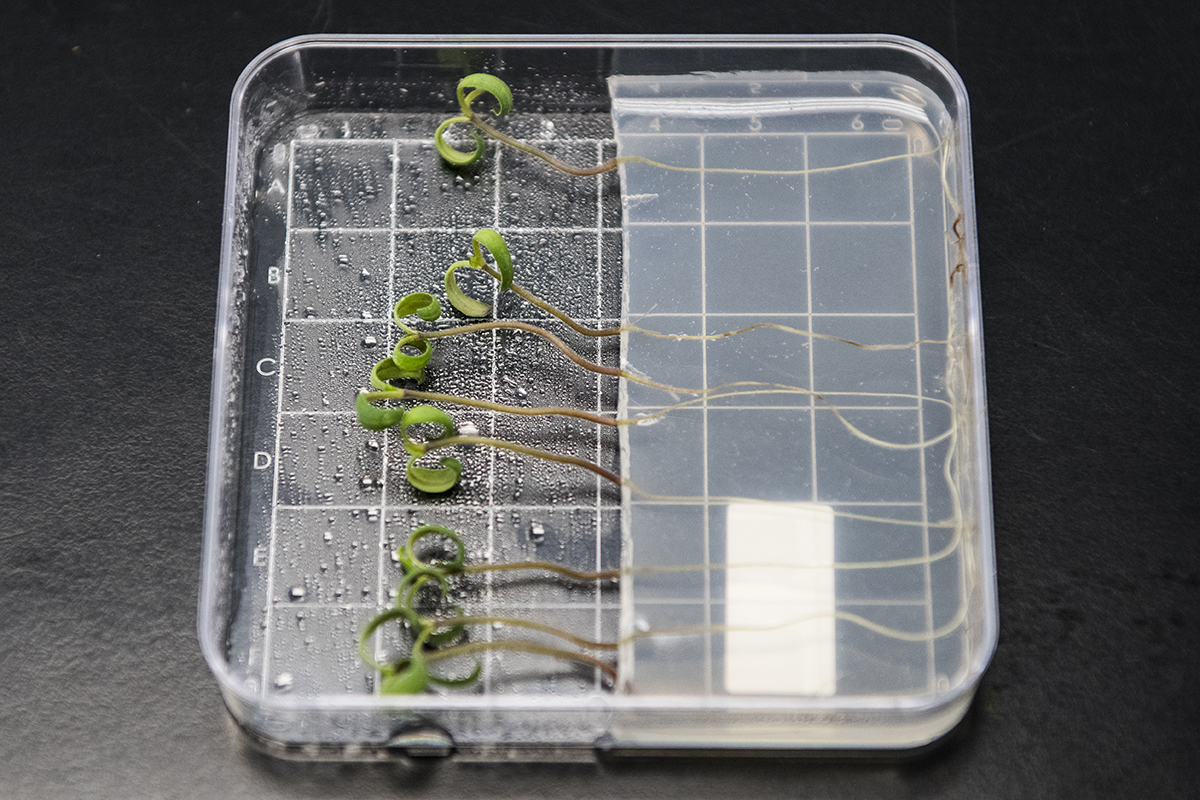




























Share on Social Media
Get inspiring stories to move the planet forward in your inbox!
Success! You have been added to the Planet FWD newsletter. Inspiring stories will be coming to your inbox soon.
Planet Forward Correspondent | University of Colorado Boulder
Planet Forward Correspondent | Rutgers University
A project of

in collaboration with
This website uses cookies to provide you with an improved and personalized experience. By using this site you agree to our use of cookies. Please read our cookies policy for more information on the cookies we use and how to delete or block them.
